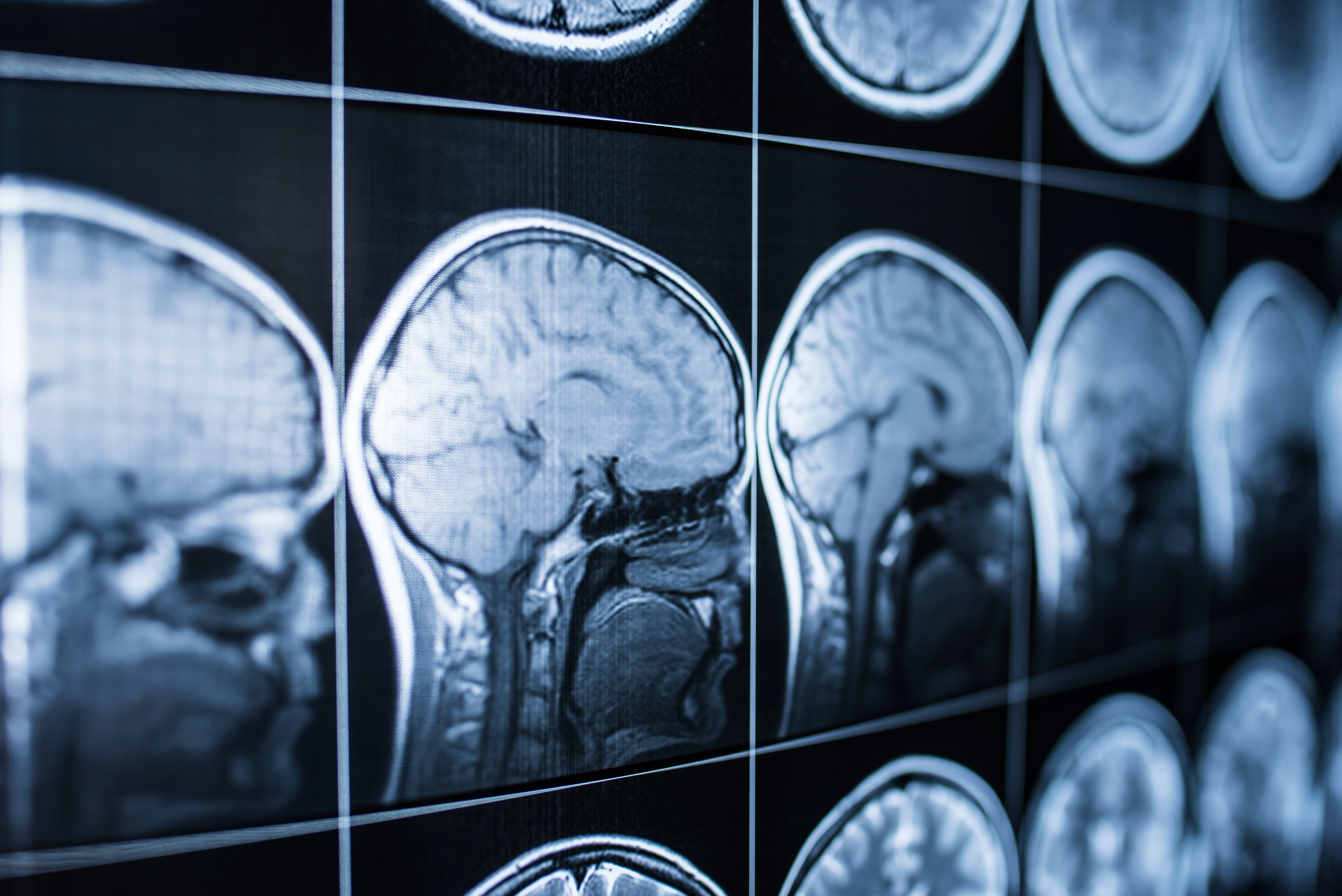
(Vienna, 26 April 2023) The connections between the structure of the brain and its function are a key focus of neuroscience. A new Medical University of Vienna study involving a team of international partners has been looking at evolution and its relationship with the capabilities of human and animal brain architecture. The findings showed that the shape of the brain has developed in parallel with the organ’s function throughout the course of evolution. The results of the study were published in the renowned journal Nature Communications.
In the study, 3D surface models of the brains of 90 species of Euarchontoglires (supraprimates), such as humans, macaques, marmosets, mice, rats, squirrels and hamsters, were examined. Computer-based modelling of common ancestors and analysis of the shapes of neuronal structures was used to create a common representation of the brains. For the first time, this made it possible to analyse the diversity of brain forms and their relationship to function, behaviour and ecology, i.e. the relationship between living beings and their environment.
The results confirm that the shape of the brain has developed in parallel with the organ’s function over the course of its evolution. "By evaluating the various growth patterns, we were able to identify seven clusters that expanded together during the evolution of the brain and which correspond to specific aspects of cognitive abilities in animals and humans," explained lead author Ernst Schwartz from the Computational Imaging Research Lab (CIR) at MedUni Vienna's Department of Biomedical Imaging and Image-guided Therapy. As a result, the brain adapts to its environment by first expanding its visual attention areas before other areas involved in higher cognitive functions, such as language and memory.
The study was conducted in partnership with researchers from all over the world. “The study would not have been possible without the exceptionally open, interdisciplinary, international cooperation that characterised it. It combines elements of neuroscience, anatomy, palaeontology, and mathematics – and involved more than a dozen laboratories around the world," said study director Georg Langs. "One of the triggers for this work was an interest in plasticity – the question of why it is that some brain regions are better able to reorganise themselves during an illness than others. And we hope that a better understanding of the geometry of the brain will help us gain insights into these mechanisms," he concluded. The research outcomes could also aid better understanding of the common – and different – characteristics between animals and humans.
Web: www.cir.meduniwien.ac.at/evolution
Publication: Nature Communications
Evolution of cortical geometry and its link to function, behaviour and ecology
Ernst Schwartz, Karl-Heinz Nenning, Katja Heuer, Nathan Jeffery, Ornella C. Bertrand, Roberto Toro, Gregor Kasprian, Daniela Prayer & Georg Langs
https://doi.org/10.1038/s41467-023-37574-x